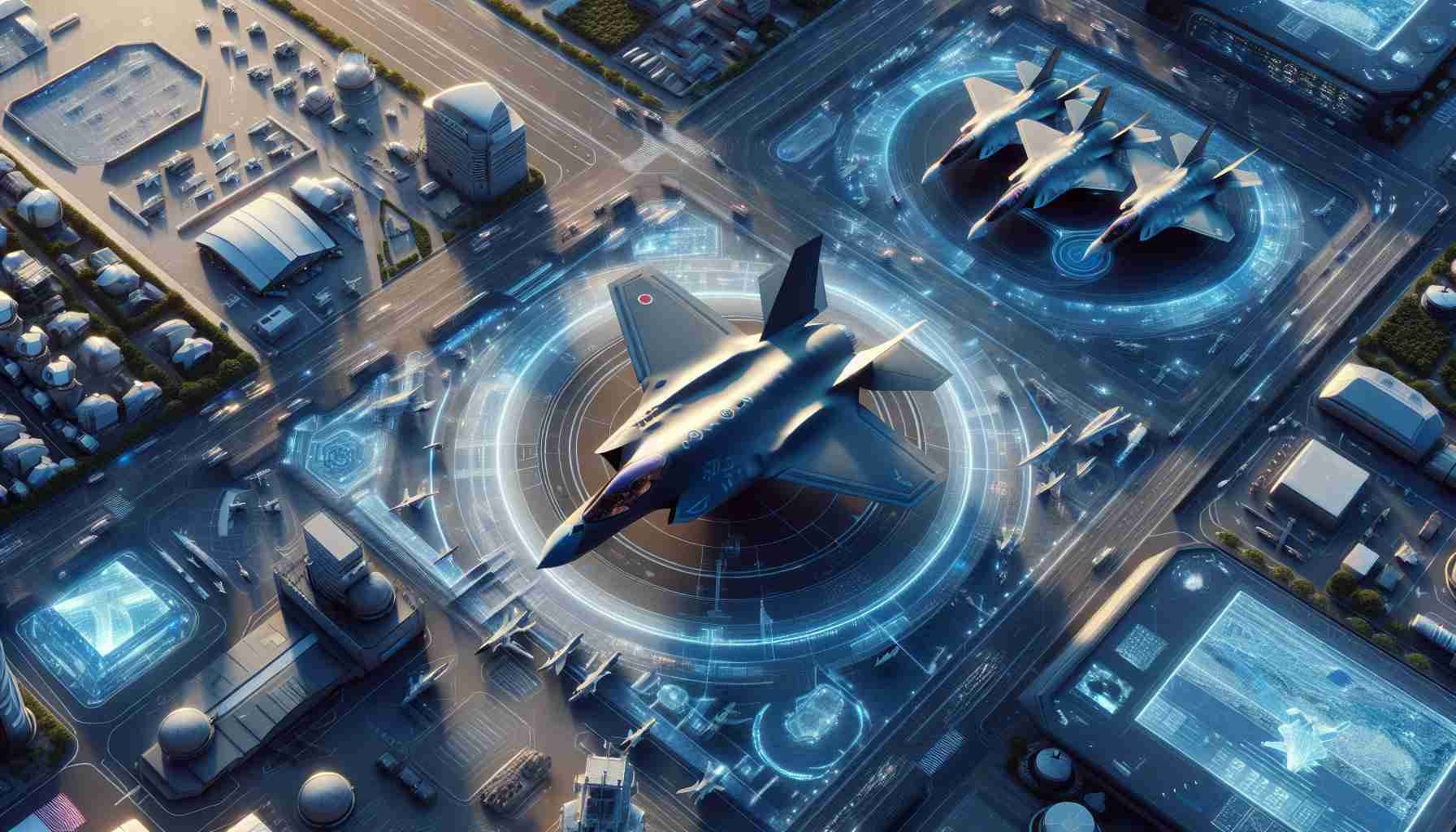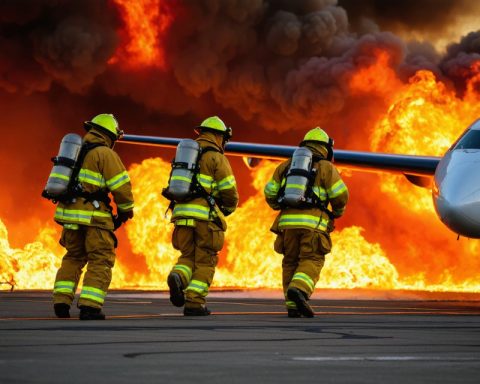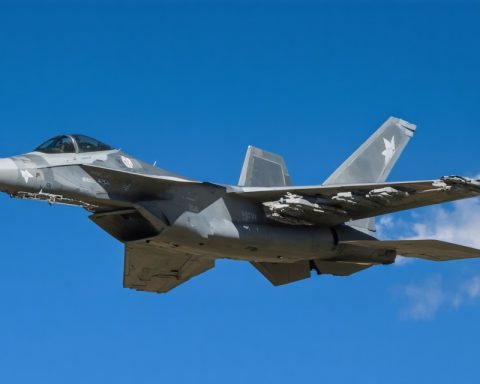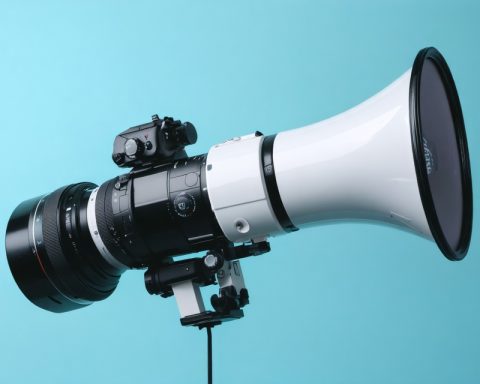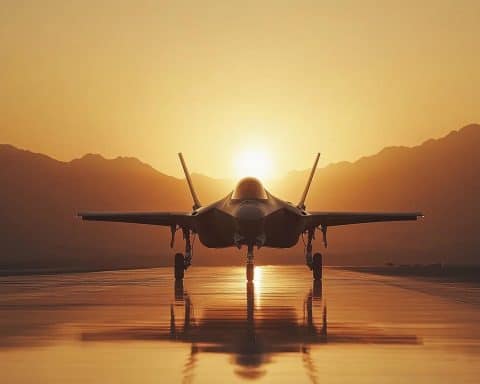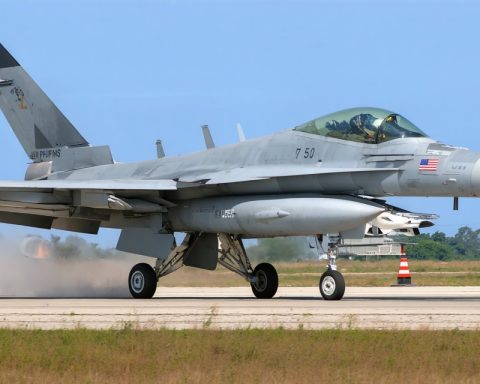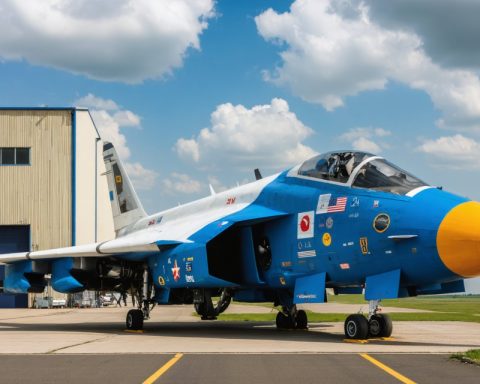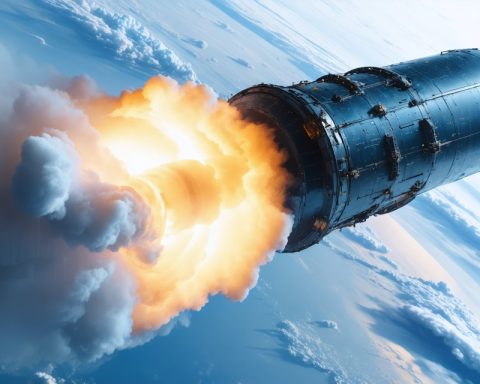In a bold move to redefine its aerial defense capabilities, Japan has embarked on an expansive deployment of F-35 fighter jets, signaling a pivotal shift in its military strategy. This cutting-edge aircraft is designed to operate inconspicuously, integrating advanced stealth capabilities with unprecedented technological sophistication.
The F-35 deployment is more than just an acquisition; it underscores Japan’s strategic emphasis on adapting to emerging threats. With growing tensions in the Asia-Pacific region, particularly the challenges posed by nearby territorial claims and increasing military activities, this deployment enhances Japan’s defensive and offensive capabilities. The fifth-generation fighter aircraft brings unparalleled versatility, equipped with advanced sensors and networking capabilities that allow seamless information sharing among allied forces.
Japan’s Air Self-Defense Force is concentrating on the F-35A variant, tailored for conventional takeoff and landing. In addition, the F-35B, capable of short takeoffs and vertical landings, is also being considered to operate from Japan’s upgraded helicopter destroyers, a step seen as essential to bolster its maritime security.
Japan’s embrace of world-class defense technology positions it as a significant player in the ongoing technological race for air superiority. The integration of these fighters is not just a response to immediate regional concerns but a forward-looking approach to maintain equilibrium in a delicate geopolitical landscape. As the deployment progresses, it sets the stage for a more interconnected and technologically advanced regional security network, shaping the future of defense in East Asia.
Japan’s F-35 Deployment: Transforming Defense with High-Tech Innovations
As Japan embarks on the expansive deployment of F-35 fighter jets, it positions itself at the forefront of military technology, enhancing both its defense and strategic regional influence. Here’s a closer examination of the broader implications of this move, including insights into features, trends, and potential challenges.
Features and Technological Innovations
The F-35 fighter jets boast state-of-the-art stealth technology, making them nearly invisible to radar. This advanced capability allows Japan to conduct operations with a level of discretion unrivaled in modern aerial warfare. The jets also include cutting-edge sensors and seamless network integration, facilitating information sharing across allied forces. This capability enhances situational awareness, decision-making speed, and coordinated action, crucial in maintaining air superiority.
Use Cases in Defense Strategy
Japan is leveraging the F-35A’s conventional takeoff and landing abilities to fortify its air self-defense capabilities, while the potential integration of the F-35B broadens deployment options. The F-35B’s ability to execute short takeoffs and vertical landings is especially valuable for operations from Japan’s helicopter destroyers, reinforcing maritime security and expanding tactical versatility.
Market Trends and Insights
Globally, the acquisition of F-35 jets reflects a broader trend among nations bolstering their military arsenals with versatile and adaptable technology. As geopolitical tensions rise, especially in the Asia-Pacific region, countries are prioritizing next-generation aircraft to maintain strategic balances and deterrence.
Pros and Cons
Pros:
1. Enhanced Stealth and Reduced Radar Visibility: Provides strategic advantage in reconnaissance and surprise operations.
2. Advanced Networking Capabilities: Facilitates joint operations and real-time data exchange with allies.
3. Flexible Deployment: Particularly with the F-35B variant, offering more operational options.
Cons:
1. High Costs: The acquisition and maintenance of these advanced aircraft are significant investments.
2. Complex Maintenance: Requires advanced technical support and infrastructure.
3. Potential for Regional Tensions: Increased military capabilities may provoke tensions in the Asia-Pacific region.
Controversies and Criticisms
Despite its strategic benefits, the deployment of F-35 jets is not without controversy. Critics argue about the high costs of procurement and upkeep, which place a significant burden on national budgets. Moreover, the potential acceleration of an arms race in the region raises concerns about escalating tensions and destabilizing the existing deterrent structures.
Sustainability and Future Predictions
As military technology evolves, Japan’s investment in the F-35 program also marks a commitment to sustainability through the modernization of its defense forces. By maintaining a technological edge, Japan aims to ensure long-term security resilience. Looking ahead, advancements in AI and autonomous systems may further transform the operational capacity of these aircraft, offering new avenues for innovation in defense strategy.
With Japan’s strategic foresight, the deployment of F-35 jets not only enhances its national defense but plays a pivotal role in shaping the security dynamics of East Asia. For more information on Japan’s defense strategies and technological advancements, visit the official Japanese Defense Ministry’s website at Japan’s Defense Ministry.
